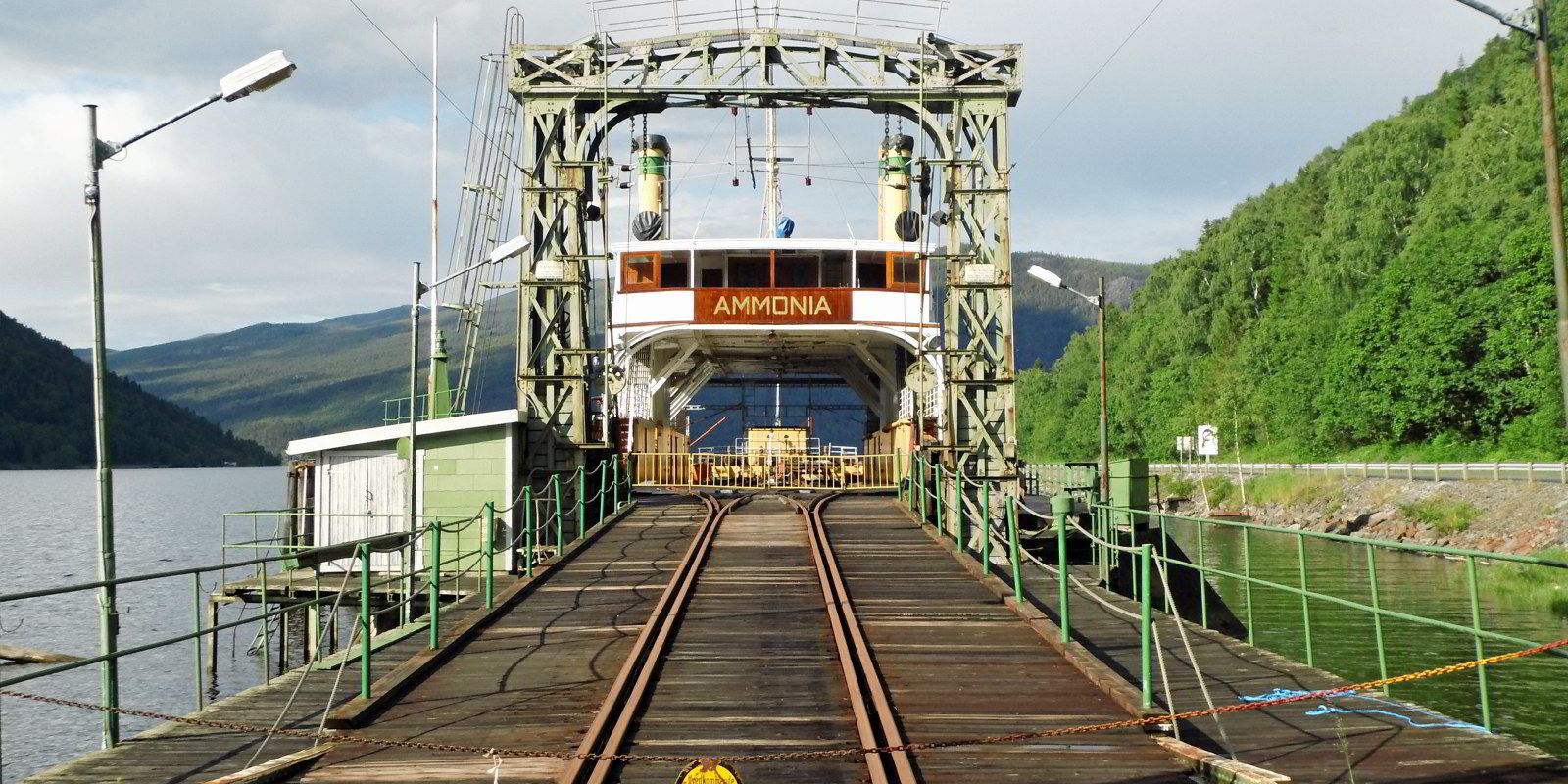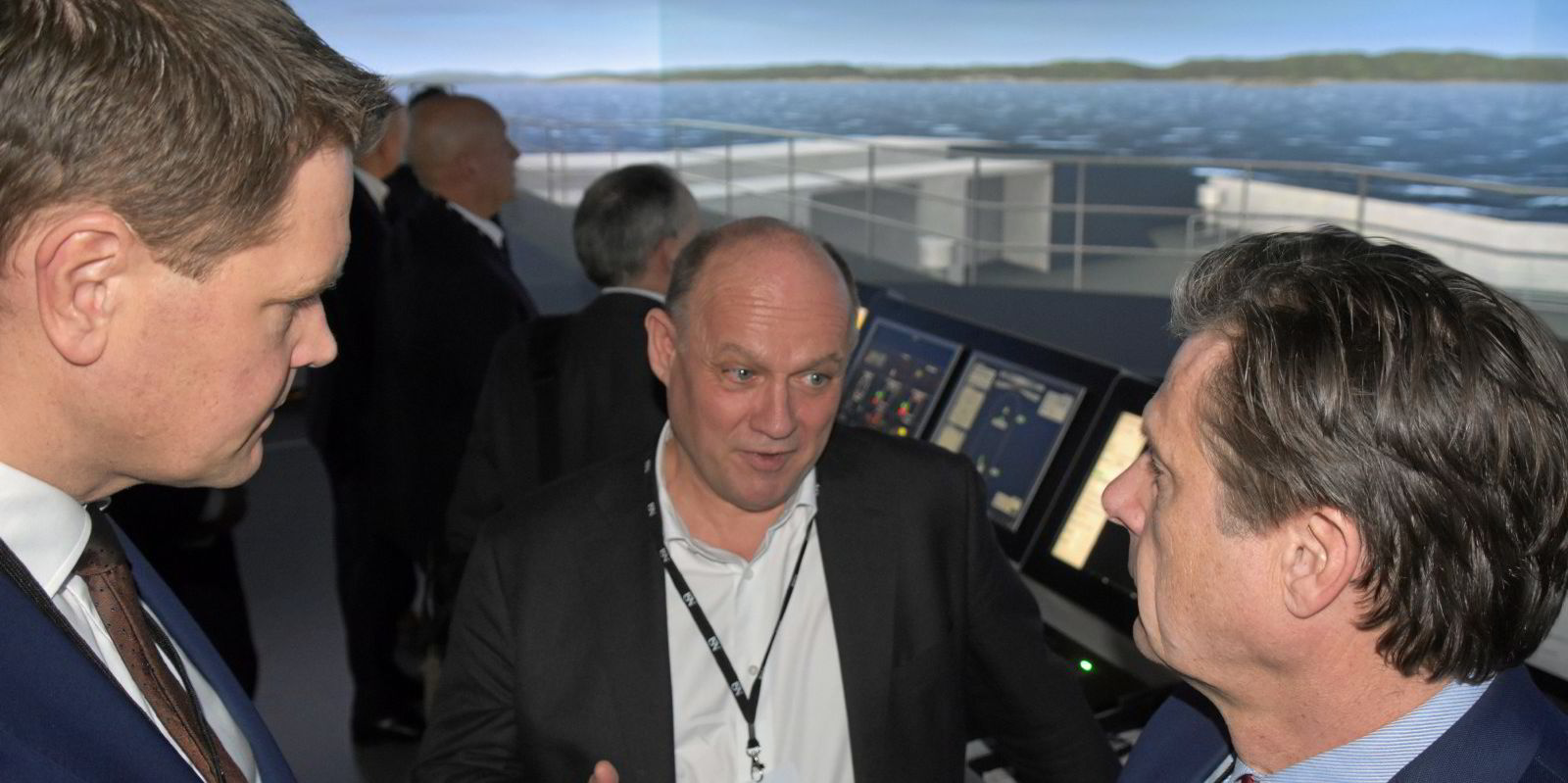Marine engine designer MAN Energy Solutions expects no bottlenecks in ammonia engine production as its licensees gear up to build the first engines to the design MAN is now testing.
“Deliverability will be greater than demand,” MAN engine sales executive Thomas Hansen told TradeWinds. “I don’t see any bottleneck in producing one engine type or the other.”
Manufacturers, shipyards, and shipowners have shown keen interest after TradeWinds reported that Hoegh Autoliners will install ammonia-burning dual-fuel engines on large car carriers now on order in China, Hansen said.
TradeWinds recently reported that Hoegh expects to skip LNG and go direct to ammonia in some ships in Hoegh’s Aurora-class pure car/truck carrier series designed for 9,100 ceu each.
A handful of engine manufacturers, including Mitsui E&S Machinery and Hyundai Heavy Industries Engine & Machinery, are set to be first out.
Japan’s Mitsui is now building its own engine on spec for use in MAN’s testing programme and eventually in a vessel.
South Korea’s Hyundai is under contract to deliver engines for the Hoegh ships under construction at China Merchants Heavy Industry (Jiangsu).
Testing now underway has seen some delays, but Hansen expects a “limited release” of manufacturing licenses for ammonia-burning large two-stroke marine engines by the end 2024, with some ships on the water by 2025.
“Limited release might be single digits, it might be double digits,” he said.
Full sales release is expected in 2026.
Crew safety in using the acrid and deadly gas in closed spaces has to be addressed, but this involves procedures and training, and ship and engine design.
“Today, ammonia is already a very much transported substance and there are procedures for how to handle it,” he said, underscoring that other fuels such as LNG are also poisonous if released.
“We design the engine in such a way that the principle is that a single failure cannot lead to an incident.”
However, the bigger design issue is power output.
“We haven’t tested ammonia in a two-stroke engine yet, so we don’t know the power output and we don’t know what size engine will have to be used in a given ship,” Hansen said.
Despite delays in the start of the first ammonia tests, MAN Energy Solutions still maintain their original plan to aim at finalising R&D tests and factory acceptance testing (FAT) of their first commercial design of the ammonia engine by end of 2024 and for the engine to be delivered to a shipyard. Upon the successful completion of the R&D tests and FAT, they aim at starting the marketing and sales of a limited number, via their licensees in Asia. Full sales release is expected to start after obtaining positive seagoing service experience, tentatively by the beginning of 2026.
Thomas Hansen, head of two-stroke newsales and promotion at MAN Energy Solutions, further comments: “At the current development stage vital data such as the maximum power output is yet to be determined, for which reason alone it would be very difficult to enter into concrete projects.”
He added that MAN is advising engine makers and shipowners to ask for newbuilding contract clauses allowing them to opt for ammonia.
“I expect some orders have already been placed where the shipowner has a clause in the contract that says that if the technology is available in time, I will have ammonia,” Hansen said.

But the timeline for the availability of ammonia propulsion depends not only on engine makers. It will require new ship designs and the engines themselves.
Once an engine maker sets to work, it can typically deliver a large marine engine within a year, given long lead times for deliveries of some components from third-party suppliers.
“Right now, only two manufacturers are investing in facilities for building ammonia engines: Mitsui in Japan and Hyundai in South Korea,” Hansen said.
“Mitsui is building an engine for us without a contract at their risk and expense, which we will use in our test.”
MAN has two permanent test engines of its own, with smaller-bore cylinders, and it will start test-firing ammonia in one of them in the early part of this year.
In 2024, Mitsui’s full-size engine will replace it in testing, and for installation in a vessel afterwards — probably for a domestic Japanese customer’s project. Hansen said Hyundai has a similar plan.
However, that will not give Mitsui or Hyundai any commercial privileges as the market develops.
“As soon as an engine is in our catalogue, it is free for all our licensees to pay a fee and get started,” Hansen said.
“All our licensees have the same rights. And due to competition rules, we are not allowed to interfere with shipowners and shipyards in their choice of manufacturers.”
Hansen calls himself a promoter rather than a salesman, because MAN itself sells nothing to shipowners. Its revenues come from licensing its products to manufacturers.
But it still has its eye on shipowners as end users if not direct customers.
“The marine industry is conservative and risk-averse, and shipowners would like to see the technology working and the infrastructure for ammonia bunkering in place,” he said, referring back to the initially slow uptake of dual-fuel LNG-diesel engines.
“Methanol is going to be bigger for the time being because it is available.”




